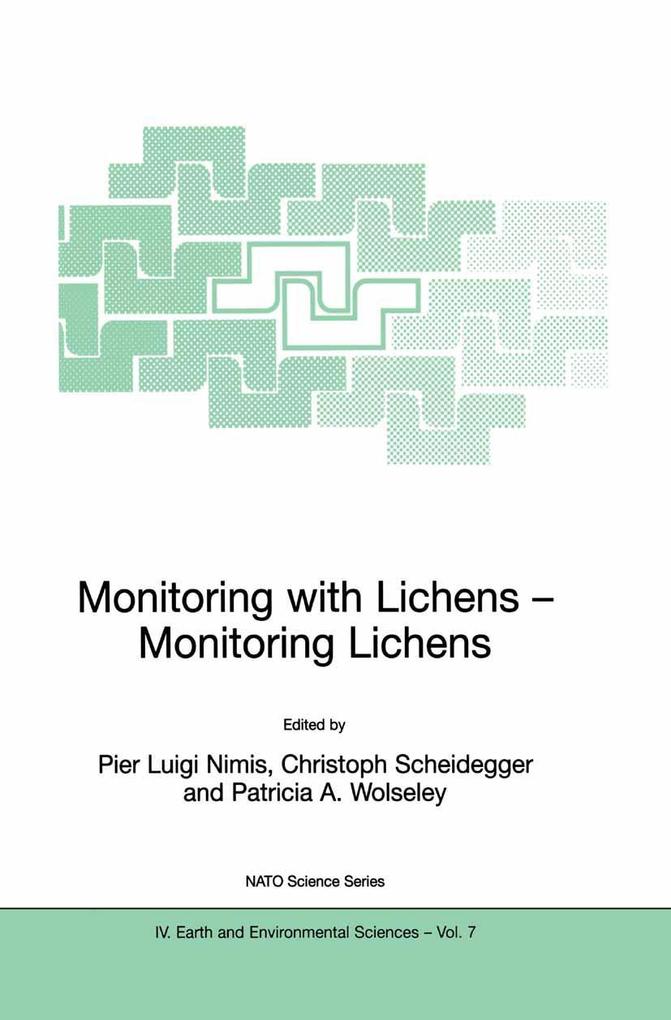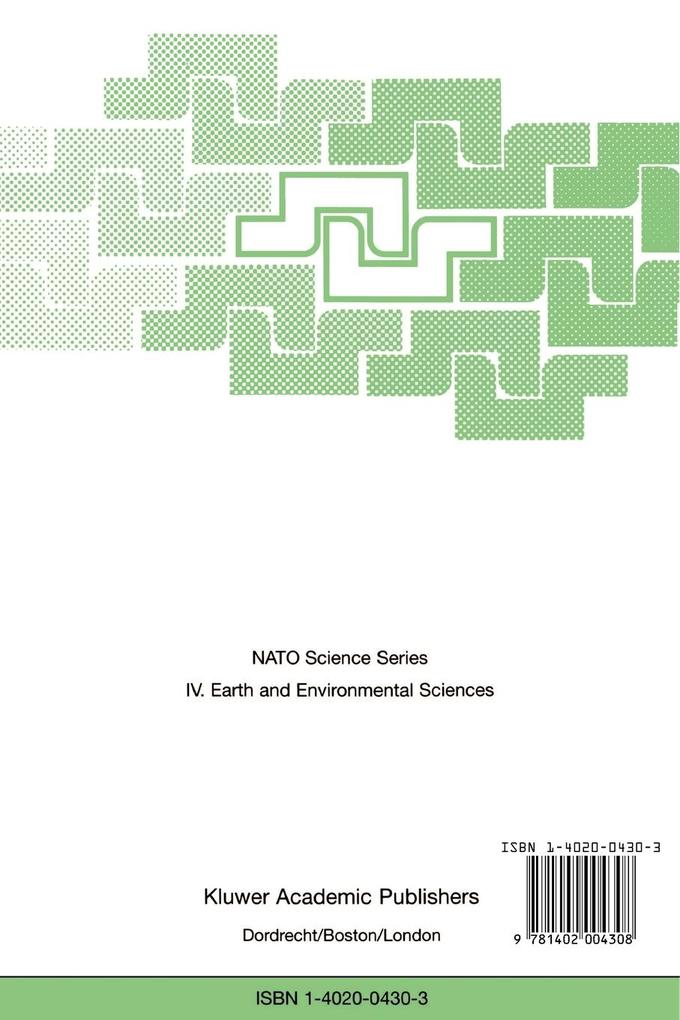
Zustellung: Do, 10.07. - Sa, 12.07.
Versand in 2 Tagen
VersandkostenfreiBestellen & in Filiale abholen:
A comprehensive, up-to-date review of lichens as biomonitors of air pollution (bioindication, metal and radionuclide accumulation, biomarkers), and as monitors of environmental change (including global climate change and biodiversity loss) in a wide array of terrestrial habitats. Several methods for using lichens as biomonitors are described in a special section of the book.
Inhaltsverzeichnis
1. Monitoring with Lichens Monitoring Lichens: An Introduction. - Section 1. Lichens as Indicators of Pollution. - 2. Monitoring Lichens as Indicators of Pollution: An Introduction. - 3. Bioindication: Calibrated Scales and their Utility. - 4. Bioindication: The I. A. P. Approach. - 5. Bioindication: The Community Approach. - 6. Accumulation of Inorganic Contaminants. - 7. Lichens as Monitors of Radioelements. - 8. Biomarkers of Pollution-Induced Oxidative Stress and Membrane Damage in Lichens. - 9. Key Issues in Designing Biomonitoring Programmes: Monitoring scenarios, sampling strategies and quality assurance. - Section 2. Monitoring Lichen Diversity and Ecosystem Function. - 10. Monitoring Lichen Diversity and Ecosystem Function: An Introduction. - 11. Methods for Monitoring Biodiversity and Ecosystem Function: Monitoring scenarios, sampling strategies and data quality. - 12. Monitoring Lichens for Conservation: Red Lists and Conservation Action Plans. - 13. Lichen Monitoring and Climate Change. - 14. Monitoring Biodiversity and Ecosystem Function: Forests. - 15. Monitoring Biodiversity and Ecosystem Function: Grasslands, Deserts, and Steppe. - 16. Monitoring Lichens on Monuments 239. - 17. Monitoring Maritime Habitats. - Section 3. Methods for Monitoring Lichens. - 18. Methods for Monitoring Lichens: An Introduction. - 19. Mapping Lichen Diversity as an Indicator of Environmental Quality. - 20. Identifying Deviations from Naturality of Lichen Diversity for Bioindication Purposes. - 21. Epiphytes on Wayside Trees as an Indicator of Eutrophication in the Netherlands. - 22. Using Lichens on Twigs to Assess Changes in Ambient Atmospheric Conditions. - 23. Guidelines for the Use of Epiphytic Lichens as Biomonitors of Atmospheric Deposition of Trace Elements. - 24. Transplanted Lichens forBioaccumulation Studies. - 25. Sample Preparation of Lichens for Elemental Analysis. - 26. Sulphur Isotopes in Lichens as Indicators of Sources. - 27. Estimation of Critical Levels of Air Pollution (Metals) on the Basis of Field Study of Epiphytic Lichen Communities. - 28. Monitoring Physiological Change in Lichens: Total Chlorophyll Content and Chlorophyll Degradation. - 29. Chlorophyll Fluorescence Measurements in the Field: Assessment of the Vitality of Large Numbers of Lichen Thalli. - 30. Measuring Bark pH. - 31. A Photographic Quadrat Recording Method Employing Image Analysis of Lichens as an Indicator of Environmental Change. - 32. Site Assessment of Epiphytic Habitats Using Lichen Indices. - 33. Indicator Species Restricted Taxa Approach in Coniferous and Hardwood Forests of Northeastern America. - 34. Monitoring Regional Status and Trends in Forest Health with Lichen Communities: The United States Forest Service Approach. - 35. Biodiversity Assessment Tools Lichens. - 36. Using Lichens and Bryophytes to Evaluate the Effects of Silvicultural Practices in Tasmanian Wet Eucalypt Forest. - 37. Using Corticolous Lichens of Tropical Forests to Assess Environmental Changes. - 38. Lichenometry. - 39. Transplanting Lichen Fragments for Provenance-Clone Tests. - 40. Assessing Changes in Density and Condition of Lichens for Species Recovery Programmes. - 41. Monitoring Red-Listed Lichens using Permanent Plots. - 42. A Method for Detecting Large-Scale Environmental Change with Lichens.
Produktdetails
Erscheinungsdatum
31. Januar 2002
Sprache
englisch
Auflage
Softcover reprint of the original 1st edition 2002
Seitenanzahl
424
Reihe
NATO Science Series: IV:
Herausgegeben von
Pier Luigi Nimis, Christoph Scheidegger, Patricia A. Wolseley, Pier L. Nimis
Verlag/Hersteller
Produktart
kartoniert
Abbildungen
IX, 408 p.
Gewicht
1094 g
Größe (L/B/H)
297/210/23 mm
ISBN
9781402004308
Entdecken Sie mehr
Bewertungen
0 Bewertungen
Es wurden noch keine Bewertungen abgegeben. Schreiben Sie die erste Bewertung zu "Monitoring with Lichens - Monitoring Lichens" und helfen Sie damit anderen bei der Kaufentscheidung.









